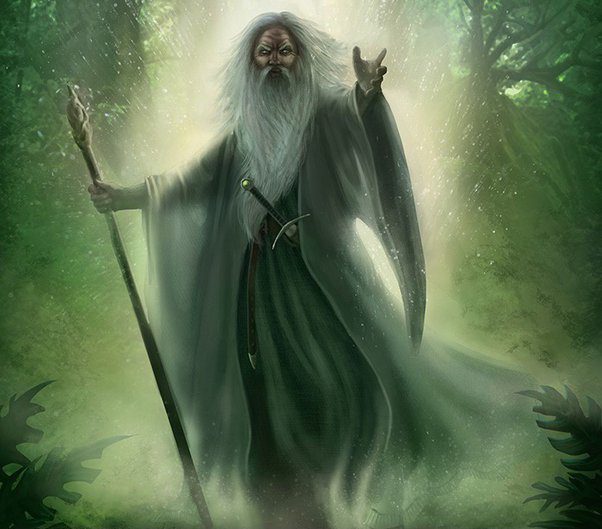The battle of wizards between Gandalf the Grey and Saruman the White in J.R.R. Tolkien’s Middle-earth represents a clash between traditional and modern values. Gandalf represents the natural world, individual freedom, and using power for the greater good. In contrast, Saruman represents control, order, and industrialization. The battle reflects a larger struggle between competing ideologies, and Gandalf’s victory represents a rejection of modern values and a victory for traditional values. Ultimately, the story serves as a powerful allegory for the struggle between competing ideologies in today’s society.
Gandalf vs. Saruman: The Battle of Wizards and Ideologies
Introduction
In J.R.R. Tolkien’s Middle-earth, two powerful wizards–Gandalf the Grey and Saruman the White–represent two different ideologies. As the story unfolds, these two wizards come into direct conflict, reflecting the larger struggles of their respective ideologies.
Gandalf’s Ideology
Gandalf represents the traditional values of Middle-earth. He is a protector of the natural world, a champion of the oppressed, and an advocate of individual freedom. Gandalf believes that power should be used for the greater good, even if it means sacrificing oneself for the sake of others.
Gandalf’s actions throughout the story reflect his ideology. He helps the hobbits on their quest without asking for anything in return. He stands up for the Ents when they are being destroyed by Saruman’s industry. He sacrifices himself in order to defeat the Balrog and save his friends.
Saruman’s Ideology
Saruman represents a more modern, industrialized view of the world. He sees order and control as the most important values, and is willing to use any means necessary to achieve them. This includes using the power of the ring to gain control over Middle-earth, betraying his allies to gain an advantage, and creating an army of orcs to do his bidding.
Saruman’s actions throughout the story reflect his ideology. He collaborates with Sauron in an attempt to gain control over the ring. He destroys the forests and fields around Isengard in order to create an industrial complex. He betrays his allies and tries to eliminate anyone who stands in his way.
The Battle of Wizards
The conflict between Gandalf and Saruman comes to a head in the battle of wizards. This battle is not just a physical struggle, but a clash of ideologies. Gandalf, embodying the traditional values of Middle-earth, fights to protect his friends and the natural world. Saruman, embodying the modern values of order and control, fights to gain power and control over all of Middle-earth.
The battle itself is a spectacle of magic and power. Gandalf and Saruman hurl spells at each other, trying to gain the upper hand. Despite his age and apparent weakness, Gandalf proves himself a formidable opponent, and eventually defeats Saruman.
The Aftermath
After the battle, Gandalf is hailed as a hero. He has protected his friends and preserved the natural world. Saruman, on the other hand, is defeated and stripped of his power. His industrial complex is destroyed, and he is cast out from Middle-earth.
The aftermath of the battle reflects the larger struggle between traditional and modern values. Gandalf’s victory represents a victory for the natural world and individual freedom. Saruman’s defeat represents a rejection of the modern view of order and control.
Conclusion
The battle of wizards between Gandalf and Saruman represents a clash of ideologies. Gandalf embodies traditional values of Middle-earth, while Saruman represents a more modern, industrialized view of the world. The battle itself is a spectacle of magic and power, but the aftermath represents a larger struggle between traditional and modern values. Overall, the story of Gandalf and Saruman serves as a powerful allegory for the struggle between competing ideologies in today’s society.
